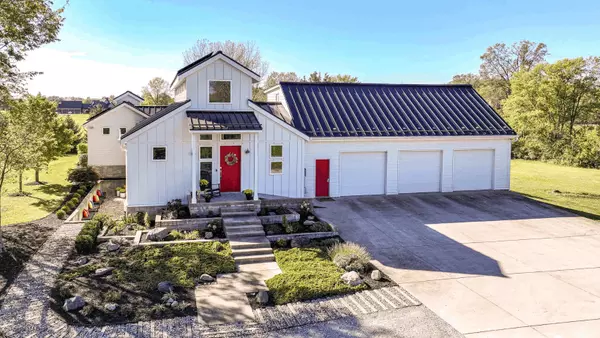
Noblesville | Luxury Market Trends
Noblesville has seen a thriving luxury real estate market with homes priced over $600,000 representing the top 10% of listings. These properties not only boast premium features but also reflect the Indy suburb’s growing appeal as a destination for upscale living. Let’s dive into the trends, characte

It May Be Cheaper to Buy a Luxury Home Than a Starter Home — Here’s Why
--- It’s no surprise that the housing market has been a difficult one recently, as inflation, soaring rates and short supply made for a bad combination for potential homebuyers. What may come as a surprise, however, is that buying a luxury home might be more affordable than buying a so-called starte
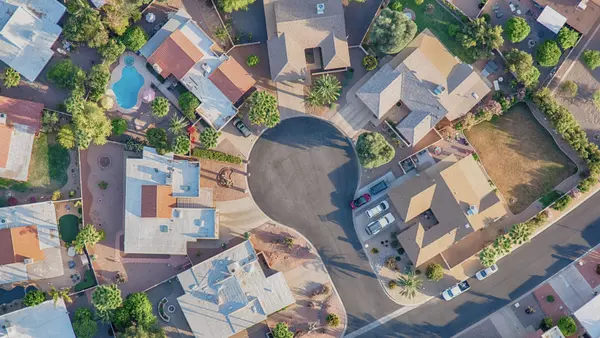
7 Luxury Real Estate Market Trends
The luxury real estate market caters to a small but active buyer pool, and has distinct trends that set it apart from the real estate market as a whole. We’ve identified eight trends that highlight the main market movers in luxury real estate. If you’re a newcomer, use these trends to learn how to b
Categories
Recent Posts

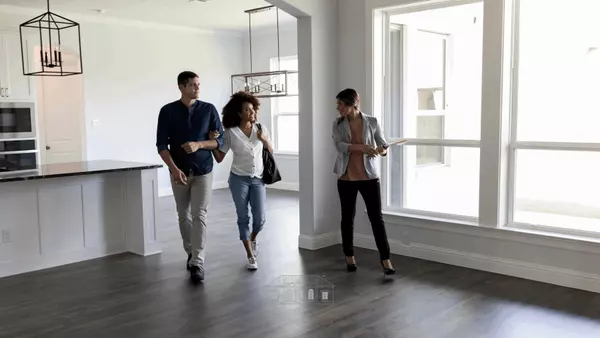
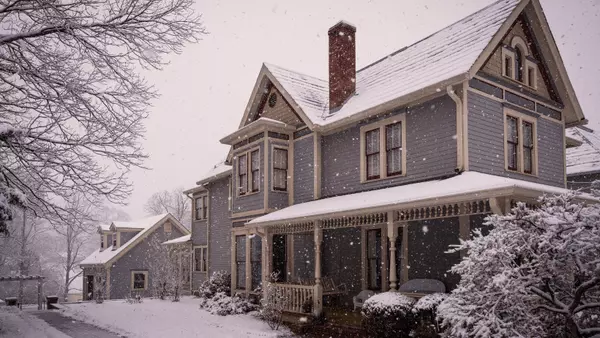

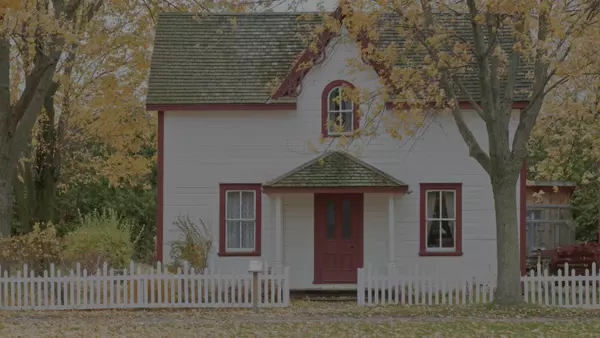



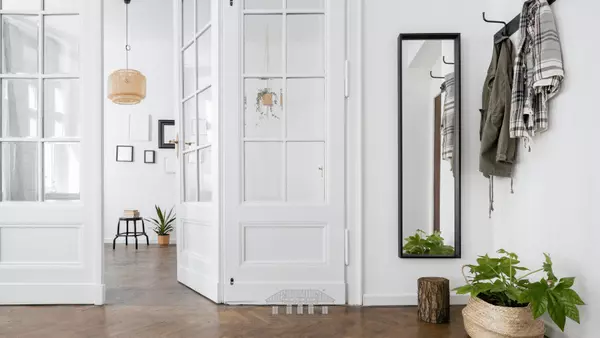

Start a conversation here.

